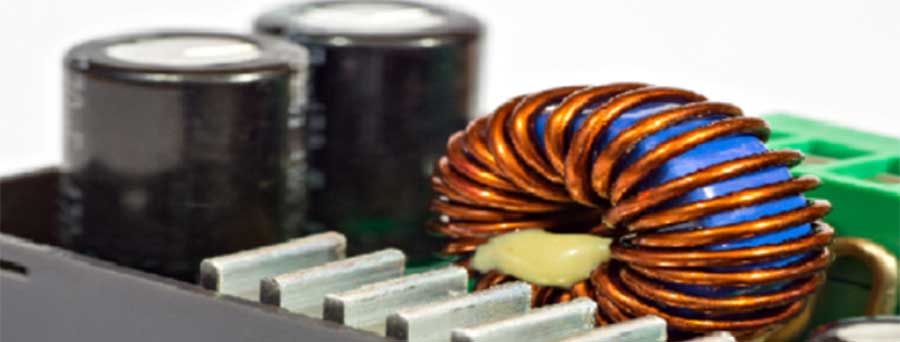Toroidal transformers, known for their compact, doughnut-shaped cores and efficient electromagnetic properties, are not without their design challenges. One such challenge is the issue of parasitic capacitance introduced by the winding strategy.
Toroid
 Parasitic capacitance in transformers manifests due to the unintended capacitive effect between adjacent winding turns or layers. This capacitance is a direct function of the proximity of conductors: the closer the toroid winding turns, the more pronounced the capacitance. Furthermore, the dielectric constant (ε_r) of the insulating material separating the windings contributes to this phenomenon significantly.
Parasitic capacitance in transformers manifests due to the unintended capacitive effect between adjacent winding turns or layers. This capacitance is a direct function of the proximity of conductors: the closer the toroid winding turns, the more pronounced the capacitance. Furthermore, the dielectric constant (ε_r) of the insulating material separating the windings contributes to this phenomenon significantly.
Given the tightly wound configuration typical of toroidal designs, they are inherently susceptible to increased parasitic capacitance. While the toroidal architecture minimizes external magnetic interference, managing internal parasitic capacitance is non-trivial and requires precise engineering considerations.
This capacitance becomes notably problematic at higher frequencies. The reactive impedance presented by the capacitance can lead to phase shifts, thereby affecting signal fidelity. Moreover, in conjunction with the transformer’s inherent inductance (L), this capacitance can form resonant circuits, potentially resulting in unwanted resonant peaks or dips in the frequency response.
Addressing this issue often entails an engineering trade-off. Solutions encompass spacing windings judiciously, selecting insulation materials with lower ε_r values, or integrating inter-winding shielding. Such measures aim to minimize the capacitive effect and its associated challenges. While toroidal transformers present numerous advantages, engineers must meticulously manage and minimize parasitic capacitance to ensure optimal high-frequency performance.
Related Reading
- Navigating the Circuit: Understanding Inductance Variations in Toroid CoilsToday, we will focus on “Understanding Inductance Variations in Toroid Coils: A Key to Custom Coil Winding”.
- The Impact of Coil Packing Density on Custom Coil Winding
- An Overview of Our Services in Toroid Coil Winding

